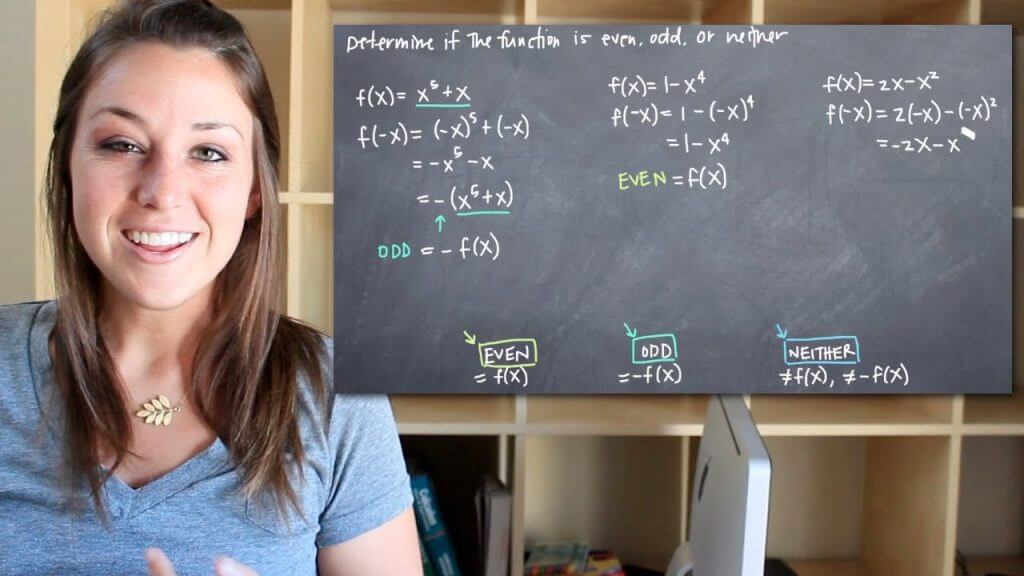One of the many benefits of doing business with PCB Solutions is our long history of commitment to best practices in printed circuit board manufacturing. Our expertise has taught us which designs work well and provide the best cost savings overall.
A question which sometimes comes up is whether a customer can save money by using printed circuit boards with an odd number of layers.
Let’s take a look at why odd-layered PCBs can end up being less cost-effective than even-layered PCBs.
Stress on the Printed Circuit Board
To create an odd-layered PCB, the process normally requires manufacturing an even number of layers and then etching away one of the unwanted copper layers. When the copper is etched from the board, the panel tends to warp as the copper on the intact side cools. With one side containing copper and the other side not, you essentially have two different materials cooling at different rates. This creates asymmetrical stress on the PCB.
Warpage
The asymmetrical stress on the circuit board causes the layers to warp. Warpage is always an issue that must be controlled as part of the PCB manufacturing process. However, it is more likely to cause problems when the PCB has an odd number of layers. This is especially true after soldering, when the possibility of warping and twisting increases.
Weight
When one side of the PCB layer has copper and the other side does not, the two sides have different weights. Differing weights means that there is an increased risk of under- or over-plating during the plating process.
Alternatives to Odd-layered Designs
Unless there is a specific reason why your design requires an odd number of layers, a multilayer board should be created with an even number of layers. If, for example, your design calls for five layers, but will work with six, duplicating the inner layer will result in a better copper balance with fewer potential problems.
If there is a compelling reason why the printed circuit board needs to have an odd number of layers, that can be accomplished. However, the additional steps that must be taken to protect against the increased risk of warping and twisting will increase time and manufacturing costs.
Whether you require rigid or flexible printed circuit boards, PCB Solutions can ensure that you find the one best suited for your needs with the highest in manufacturing standards.


